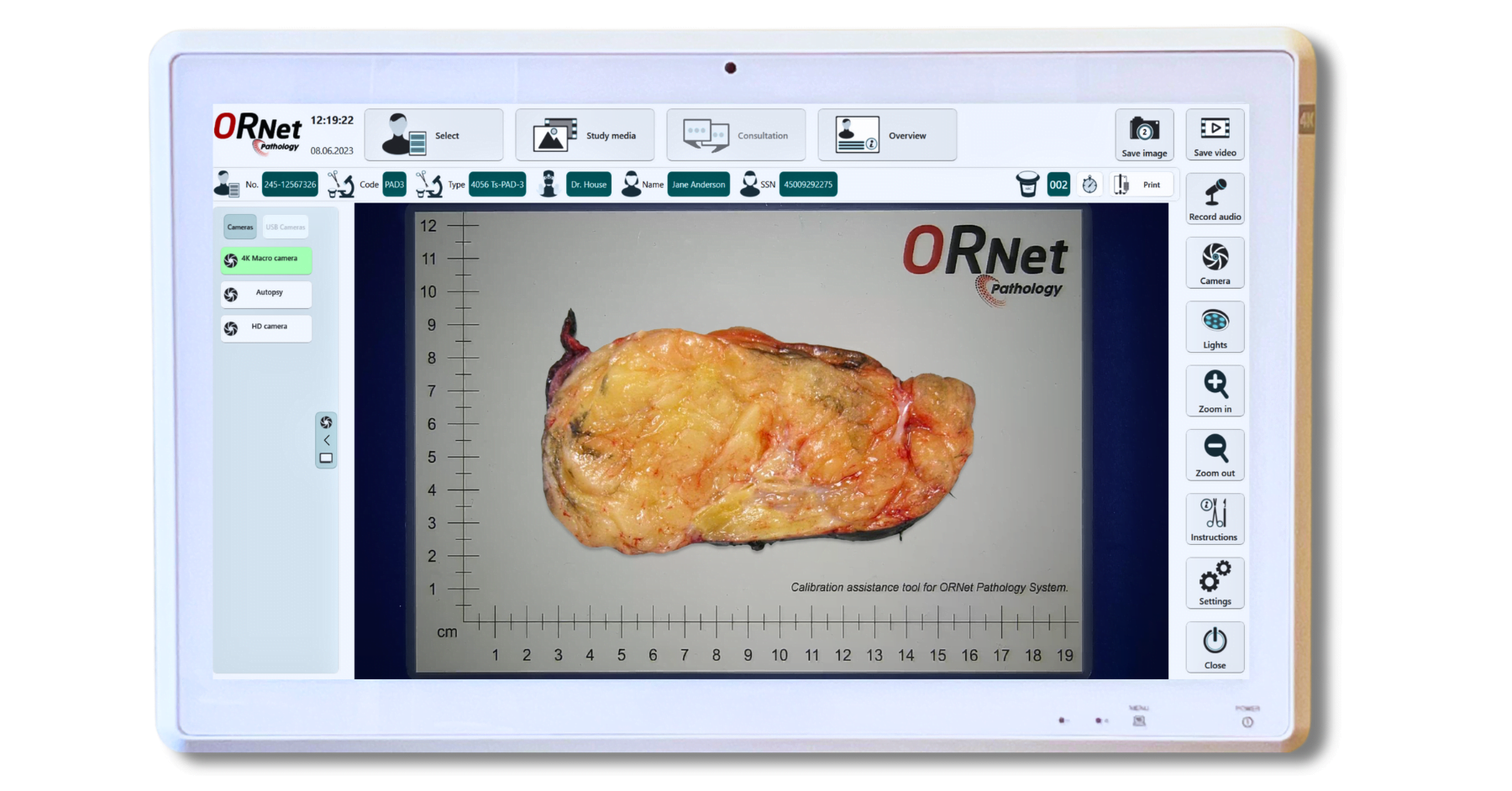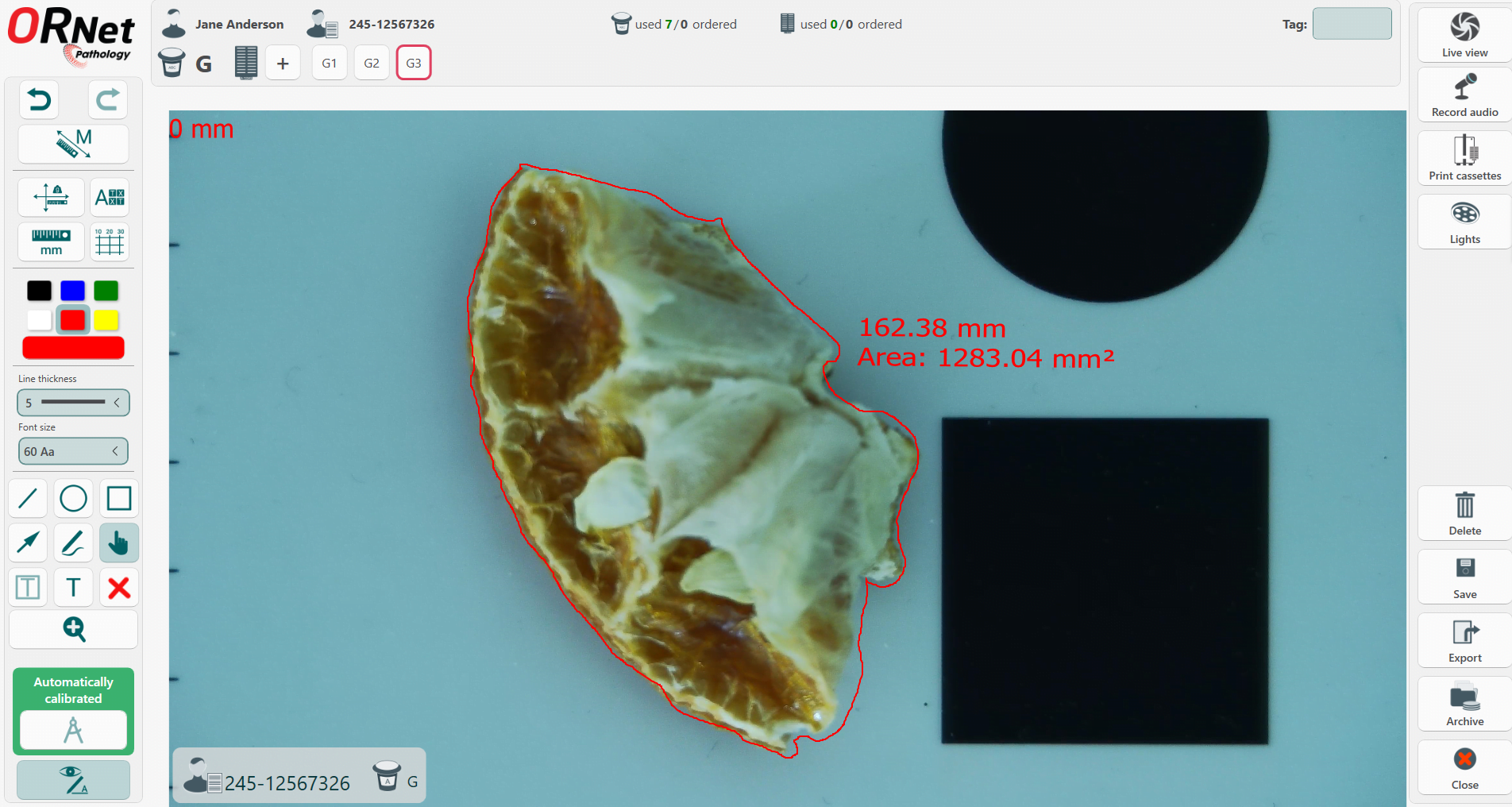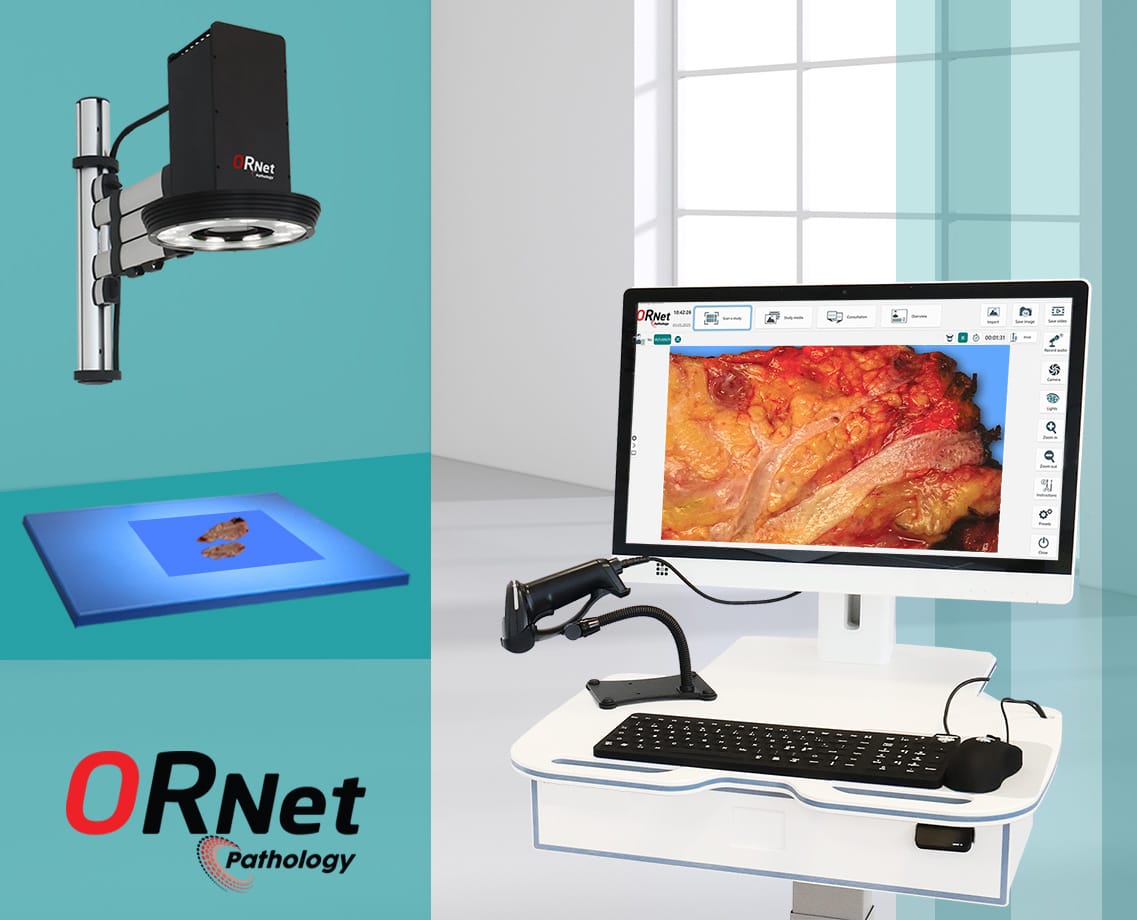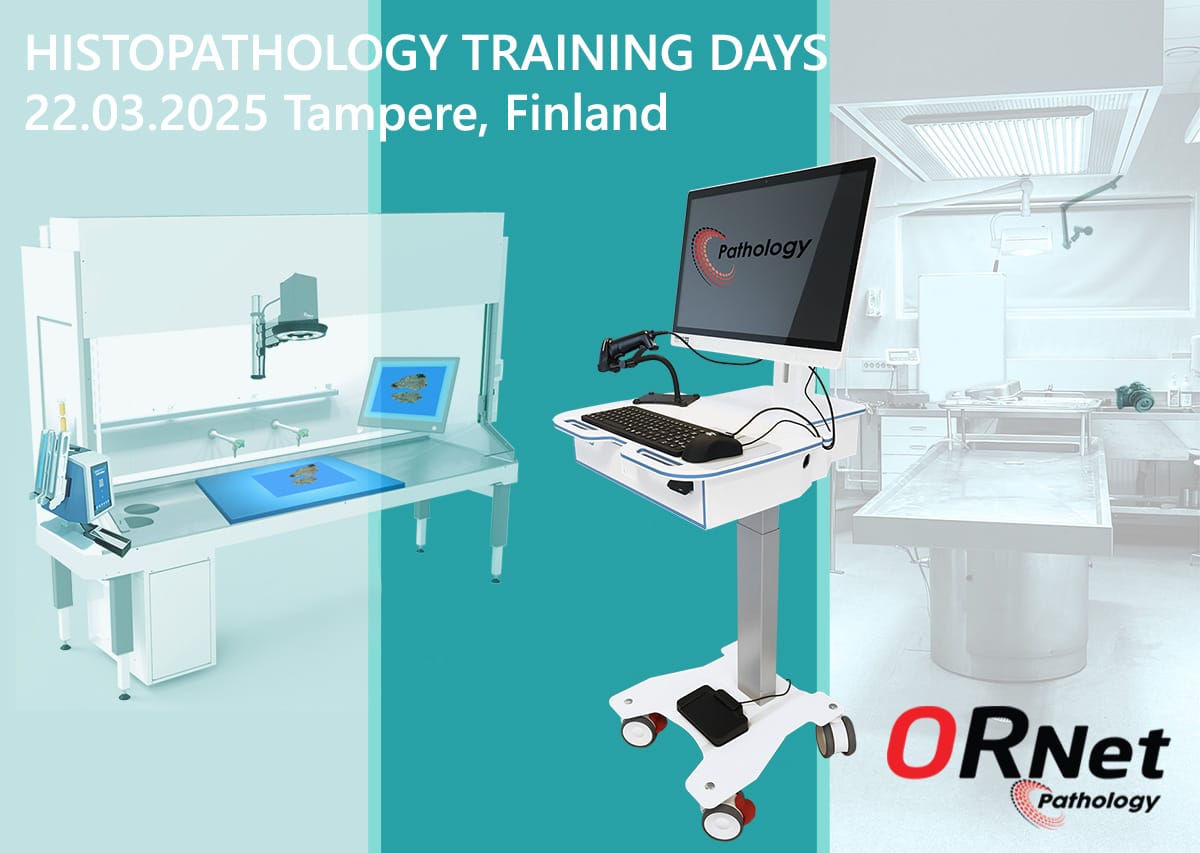As we increasingly rely on medical advancements to address a variety of health concerns, the demand for efficiency in all sectors of healthcare, including pathology labs, has never been more critical. In this fast-paced, high-stakes environment, the importance of accurate, rapid diagnostic results is paramount. But how do we combine speed with precision?
The answer lies in technology. Recent advancements, including AI, are transforming the landscape of medical diagnostics. And right at the forefront of this revolution is ORNet Pathology, a state-of-the-art gross sample imaging & documentation solution, that promises to overhaul the way pathology labs operate.
But before we dig deeper into that, let’s take a quick look at the importance of Pathology labs and the challenges they face.
How do Pathology Labs Contribute to Healthcare?
Pathology labs are at the heart of diagnostic processes in healthcare. They perform a broad array of tasks, including examining body tissues to identify diseases, conducting tests on blood samples to detect abnormalities, and performing genetic tests to identify inherited disorders. The analysis and reports generated by pathology labs provide clinicians with the vital information they need to diagnose and treat their patients accurately.
The Traditional Challenges Faced by Pathology Labs
Despite the critical role pathology labs play in healthcare, they often face daunting challenges. The work is meticulous, labor-intensive, and leaves no room for error. Samples must be accurately labeled, documented, and analyzed; data must be interpreted correctly; and reports must be dispatched promptly.
The pressure to maintain speed without compromising accuracy can be immense. Additionally, repetitive manual tasks, such as labeling and documentation, make them prone to human error. And this is where ORNet Pathology steps into the picture.
How Does ORNet Pathology Increase Efficiency in Pathology Labs?

ORNet Pathology is a versatile gross sample documentation solution designed to overcome traditional pathology lab challenges. Leveraging sophisticated technologies, it streamlines and automates several aspects of sample documentation, freeing up pathologists to focus on their core tasks of diagnosis and treatment recommendation.
Here are some of the ways ORNet Pathology contributes to increased efficiency:
1. Integration with LIS (Laboratory Information System) & PACS Archives
ORNet Pathology can integrate with LIS to extract patients and study info, including the details about ordered containers and cassettes, preliminary diagnosis, needles, etc. That enables pathologists to verify containers and cassettes instantly using a barcode scanner for patient security, print additional cassettes when needed, and much more.
At the end of the workflow, sample, and examination information is sent back to LIS. Additionally, ORNet Pathology’s integration with PACS ensures that all images connected to patient data can be sent to archives for long-term storage.
2. UHD Specimen Imaging
Traditionally, pathologists use verbal cues and hand drawings to document the shape, color, and size of gross samples. ORNet Pathology eliminates the need for verbal documentation and enables pathologists to capture high-quality images and 4K videos. These images are automatically labeled with patient and procedure data to ensure maximum patient security and enhance traceability. Pathologists can use these images to determine the size of the tumor and to perform further analysis. As for videos, they can be used for preparing educational and training materials.
3. Suite of Pathology focused Tools
ORNet Pathology is not limited to gross sample imaging, it is a comprehensive solution that offers a suite of tools for pathologists to document the entire grossing stage and more. For instance, users have access to a variety of options for adding markings and annotations including grossing station-based standardized terms that can be dragged on the images, shapes, fonts, and colors.
Additionally, there are unique tools for measuring the sample, and automatically calculating its size and area such as “Marginals”. ORNet Pathology also enables pathologists to draw free hand drawings and automatically calculate their area. Audio files with patient data can also be created as supporting means of documentation and can be sent for transcription right away. Combined, these tools result in improved speed of sample analysis, reducing the turnaround time for test results.

4. Working Side-by-side with the Assistant
Another aspect that allows pathologists to significantly decrease turnaround time is the possibility to work together, side-by-side with their assistant. ORNet Pathology offers the possibility to switch between live camera feed and taken image. That means if the assistant is documenting the sample on one system via live camera view, the pathologist can perform analysis and annotate the captured images at the same time.
5. Secure Online Consultation
ORNet Pathology enables users to remotely consult their colleagues. While doing so, they can share live cam video as well as any taken image and add markings and annotation during the online session. That saves significant time as it removes the need to send a physical sample from one place to another and wait for days, depending upon the distance, to get a second opinion on that examination.
Conclusion
The relentless march of technology has finally permeated pathology labs, bringing with it a breath of fresh air in the form of ORNet Pathology. With its emphasis on accuracy, speed, and efficiency, it has the potential to revolutionize how pathology labs operate. Given the critical role these labs play in healthcare, this change is not just welcome, it’s necessary.




One thought on “Unlocking Efficiency in Pathology Labs with ORNet Pathology”
Comments are closed.